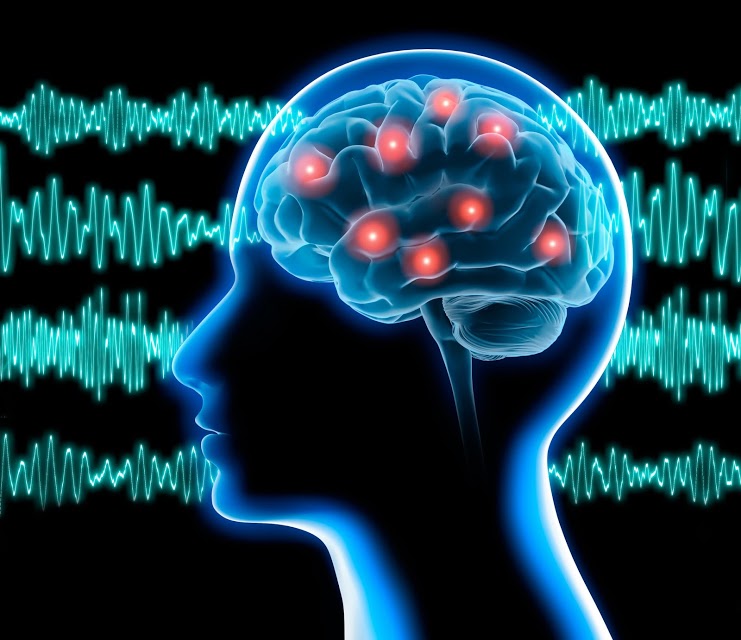Inflammation and Changes in Brain’s Striatum Precede Huntington’s Symptoms, Study Finds

Emotional Recognition and Apathy Linked in Huntington's Disease
Massive inflammation and other changes in the striatum, an area of the brain selectively destroyed in Huntington’s disease (HD), are already present before patients develop any symptoms, a study has found.
These findings could help understand how the disease unravels and why this brain region is particularly sensitive to degeneration in individuals with Huntington’s.
The study, “The caudate nucleus undergoes dramatic and unique transcriptional changes in human prodromal Huntington’s disease brain,” was published in the journal BMC Medical Genomics.
Huntington’s is a neurodegenerative disease caused by mutations in the huntingtin (HTT) gene and marked by trouble in controlling movement, a progressive loss of thinking ability, and psychiatric problems.
Symptoms, which typically begin when people reach their 30s and 40s, stem from a selective degeneration of certain brain regions, particularly two areas: the basal ganglia, a region deep in the brain that’s responsible for functions including movement coordination; and the cortex, the outer and highly twisted layer of the brain which controls thought, behavior, and memory.
Within the basal ganglia, HD targets nerve cells (neurons) of the striatum, especially in two areas known as the caudate nuclei and putamen. These regions can shrink and suffer massive damage as a result of disease progression.
Very little is known about the active disease processes leading to such debilitating symptoms. Obtaining post-mortem brain samples from people with disease-causing mutations who have not yet developed symptoms — in other words, still have a largely intact striatum — is very rare.
Researchers at Boston University School of Medicine (BUSM) had the opportunity to analyze samples from the striatum — more precisely, the caudate nucleus — of two HD-positive individuals who had no symptoms at the time of their death.
To pinpoint early drivers of disease, the team compared the activity (expression) of genes — those turned ‘on’ and turned ‘off’ — in the caudate nucleus of these asymptomatic individuals to the prefrontal cortex of 26 symptomatic Huntington’s patients and 56 healthy controls.
Researchers used a high throughput sequencing technology called RNA-Seq to determine gene expression profiles, and a preformed bioinformatics analysis to understand which genes and biological processes were altered.
“Our data suggest that the striatum experiences massive inflammation in HD even before symptoms appear, and exhibits a similar gene expression pattern to that observed in prefrontal cortex. Patterns unique to the striatum are also observed,” Adam Labadorf, PhD, director of BU’s Bioinformatics Nexus and the study’s senior author, said in a news release.
In addition to extensive inflammatory processes, the data also suggested that over the disease’s course, the striatum undergoes some form of neurogenesis, or the generation of new nerve cells.
While these are only trends that warrant further investigation, researchers propose that active production of neurons could be happening in the striatum during the prodromal phase (before symptom onset) to compensate for the nerve cell loss that precedes symptoms.
“The idea that active neurogenesis occurs in the adult brain is controversial, but could lead to exciting discoveries into the innate regenerative capabilities of the central nervous system,” Labadorf said.
According to researchers, these findings provide “clear evidence” that the caudate nucleus is strongly affected in people positive for Huntington’ disease, before the emergence of any symptoms.
“This study presents the most detailed analysis to date of the active disease process in the primarily affected brain region of HD, and although these results do not directly suggest any novel therapies, a better understanding of these processes is likely to lead to them,” Labadorf added.
An important observation was that some genes, like HSPA6, were perturbed across all HD patient samples relative to healthy brains. This set of genes may provide an opportunity to develop prognostic tests for disease progression, the researchers noted.
“A robust clinical test measuring disease progression will likely take the form of a panel of key inflammatory and possibly developmental genes” measured in the blood or cerebrospinal fluid (the liquid surrounding the brain and spinal cord), they wrote.






